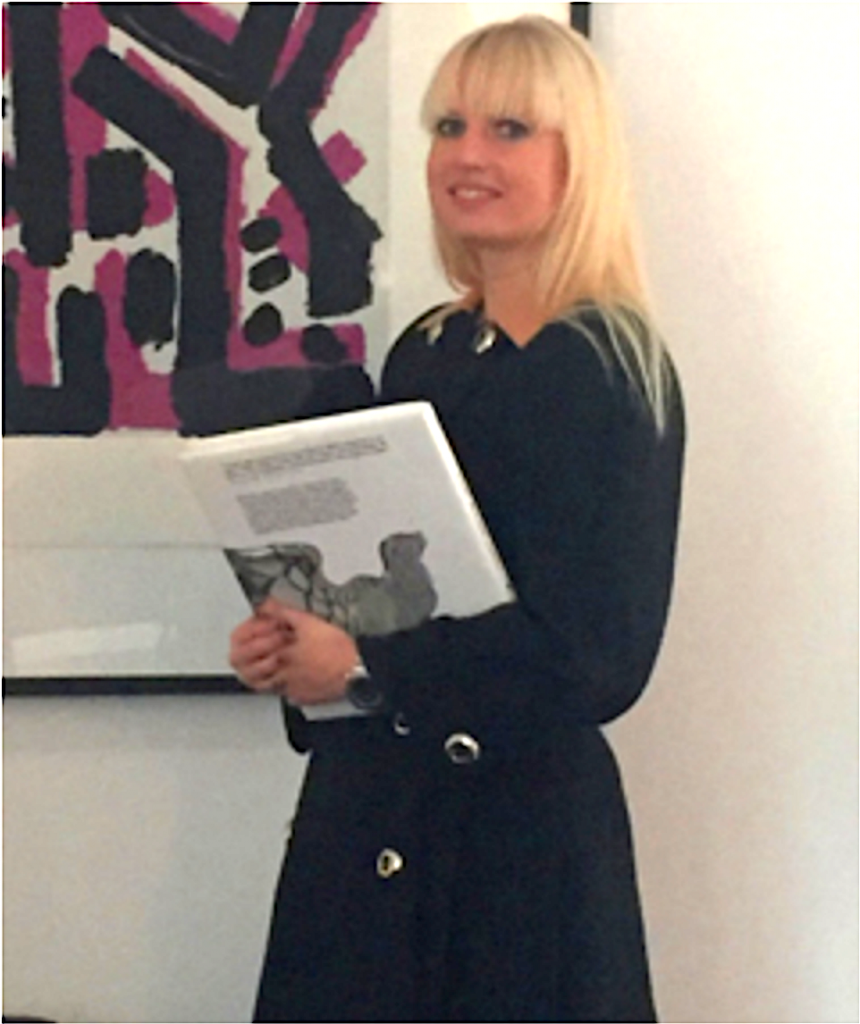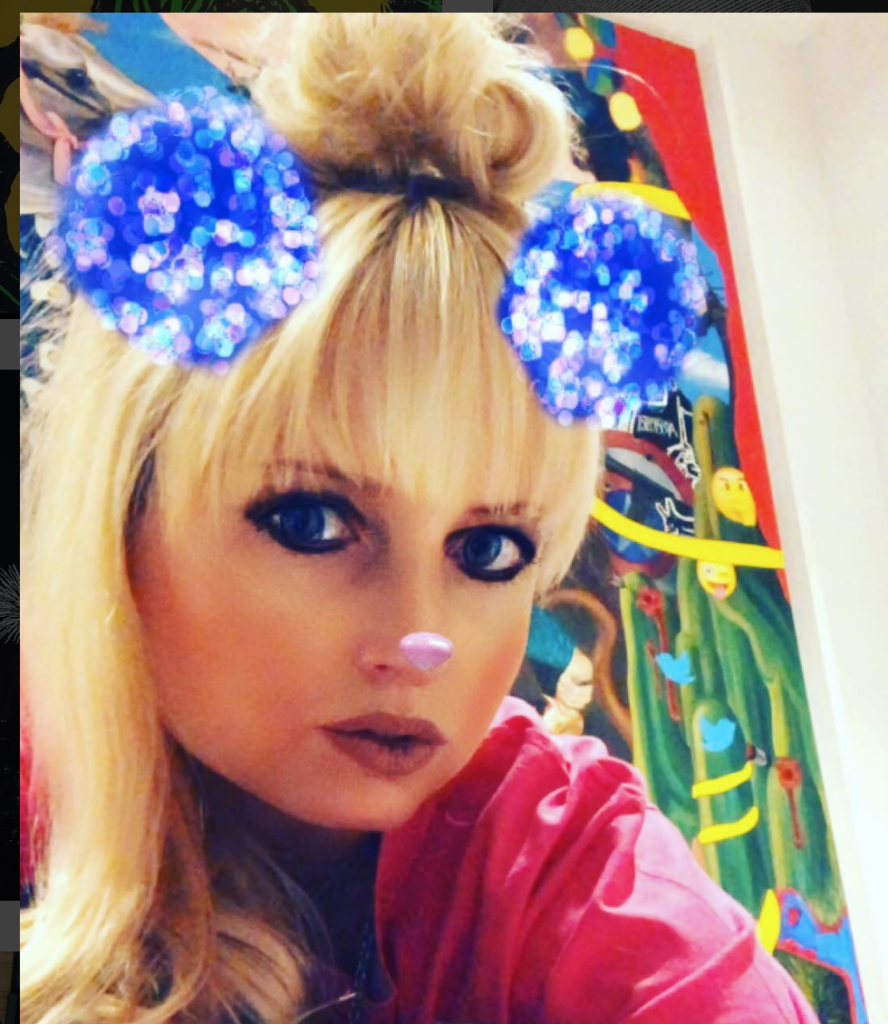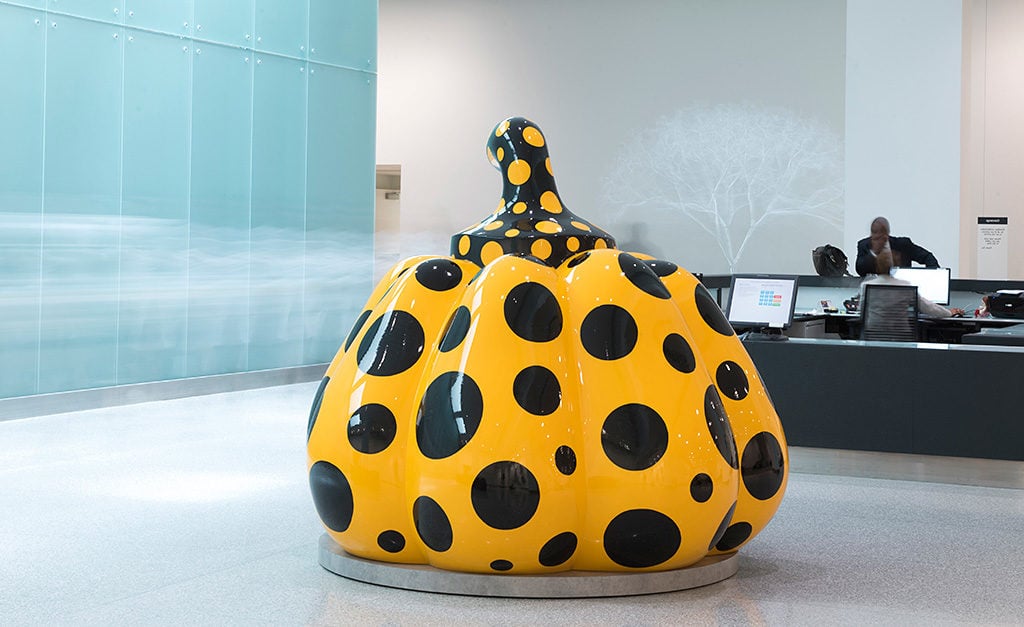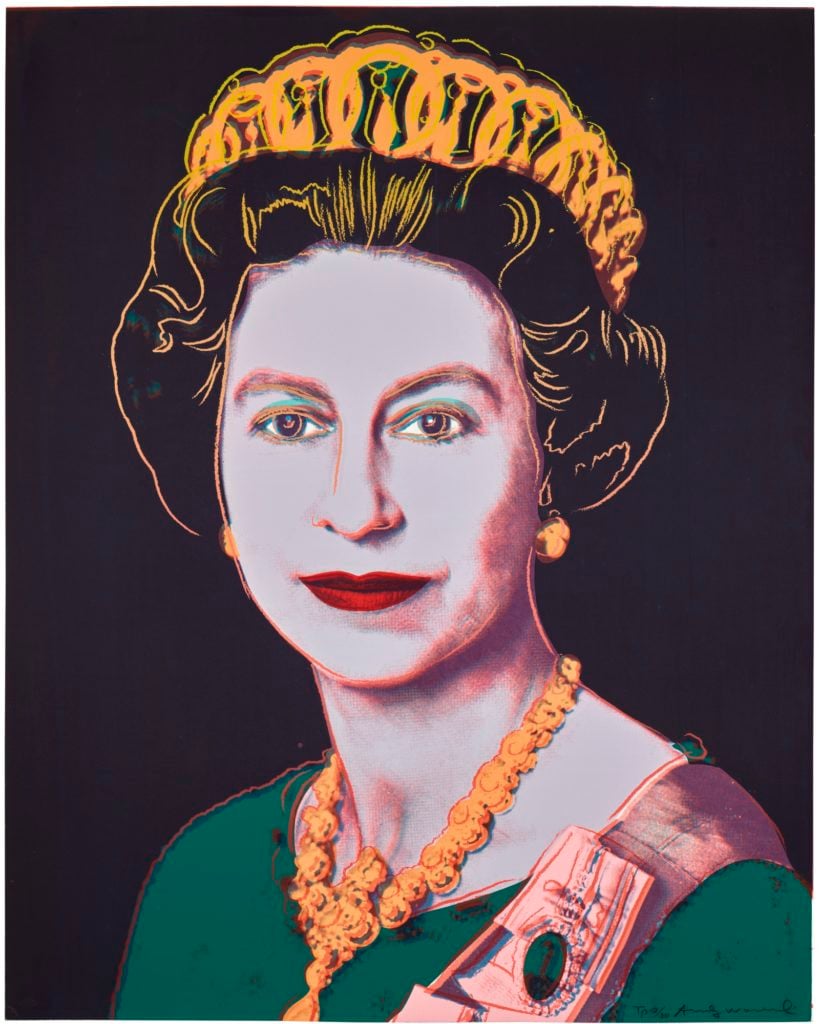Crime
Grifter Heiress Angela Gulbenkian Has Pleaded Guilty to Scamming Collectors Out of Payments for Art They Never Received
The art dealer never delivered a $1.4 million Kusama pumpkin to one paying client.

The art dealer never delivered a $1.4 million Kusama pumpkin to one paying client.

Sarah Cascone

Art dealer and grifter heiress Angela Gulbenkian pleaded guilty to stealing funds from clients last week at London’s Southwark Crown Court.
She was facing two charges of theft in connection to fraudulent sales of a £115,000 ($151,000) Andy Warhol print and a £1.1 million ($1.4 million) Yayoi Kusama pumpkin sculpture. In both lawsuits, the buyer claimed to have paid for an artwork that was never delivered. Gulbenkian was also accused of having stolen £50,000 ($65,000) from her masseuse, Jacqui Ball.
Gulbenkian pleaded guilty to the theft of funds transferred to her as payment for a Kusama Yellow Pumpkin sculpture, and for the theft of funds transferred to her for investment purposes by Ball. The charges in the Warhol case, filed by London art dealer James Ashcroft, are still pending.
“A confiscation order was made for the amount stolen,” officer Duncan Graham of London’s metropolitan police wrote in an email provided to Artnet News. “At present no assets are present within the U.K. to realize this confiscation.”
Gulbenkian could not be reached for comment. She will be sentenced on July 28.

Angela Gulbenkian. Photo by Angela Gulbenkian via Instagram.
Gulbenkian was born Angela Ischwang in Germany. She married Duarte Gulbenkian, the great-grandnephew of British-Armenian art collector and oil baron Calouste Gulbenkian, whose pedigree lent Angela a veneer of respectability in her work as an art advisor. But she was never formally affiliated with the Calouste Gulbenkian Museum or the Calouste Gulbenkian Foundation, despite conducting business with a fake foundation email.
Gulbenkian’s shady dealings began to catch up with her in early 2018, when the buyer of the Kusama pumpkin, Hong Kong–based art dealer Mathieu Ticolat, enlisted Chris Marinello, founder of Art Recovery International, to secure delivery of the artwork he had purchased in the previous year.

Yayoi Kusama, Pumpkin (2014). Angela Gulbenkian pled guilty to charges of theft connected to the sale of a similar 2012 work by the artist. Courtesy David Zwirner; Ota Fine Art; Victoria Miro. Photo by Steve Travarca.
Marinello filed criminal charges against Gulbenkian, and quickly determined that the sculpture had also been sold to a different buyer. Instead of delivering the work, she went on a wild spending spree, including chartering private jets and wiring £221,000 ($288,000) to her mother. (Marinello is hoping to recover those funds in a separate legal proceeding pending in Munich.)
Other alleged fraud victims soon came out of the woodwork. ArtCube, an online service matching art buyers and sellers, claimed Gulbenkian had bilked the company of $15,000. The Percy Bass interior design firm in London alleged that it was never paid for decorating Gulbenkian’s bedroom in the style of a Kusama pumpkin. (It says it was promised that the family foundation would foot the bill.)
“Trusting someone because of their famous surname is a recipe for financial disaster,” Marinello told Artnet News in an email. “Angela had been using Instagram as one of the tools of her trade. Now, with [the pandemic] and more online buying, the art world needs to take great care when dealing with art advisors they don’t know.”
But even after a judge froze Gulbenkian’s assets in June 2018, she still managed to make further deals, including selling Warhol’s Queen Elizabeth II to Ashcroft in March 2019. (The work’s real owner, Thomas Braun, had never authorized the sale, and took legal action of his own. In March 2020, Ashcroft was forced to return the work and pay Braun back.)

Angela Gulbenkian arranged for the sale of this Andy Warhol Queen Elizabeth II print, but never delivered the payment to the original owner. Courtesy of Art Recovery International.
The U.K. finally issued a warrant for Gulbenkian’s arrest in April 2019, but by then she was in Germany, where there was no extradition agreement. When she failed to appear in London court that May, a new warrant was issued, but the judge agreed to vacate it when Gulbenkian said she had been having elective surgery.
The case was then set to be heard in February 2020, but Gulbenkian again failed to appear. She was finally apprehended in Portugal last June, and spent five months behind bars there before Interpol extradited her to the U.K., according to the Portugal Resident
A judge later ruled that the international arrest warrant had already expired, and that Gulbenkian had been illegally detained. Now, even though Gulbenkian has admitted her guilt, her victims will not necessarily see justice.
“I still don’t know whether I will get the money back,” Ticolat told the South China Morning Post. “There are many fraudsters out there. This industry is not regulated. You don’t have to have a certificate to be an art dealer. Some of these professional scammers do get caught but the damage they inflict is tremendous.”
“Gulbenkian left many victims in her wake during her attempt to be an art world influencer,” Marinello said. “We intend to send a message: The art world is about trust, when that trust is broken, we are not going to sit idly by, but pursue fraudsters to the end of the earth.”